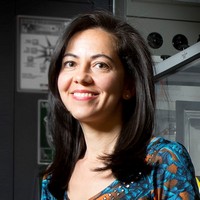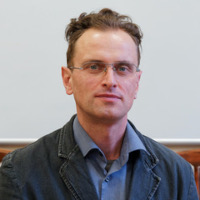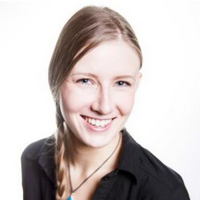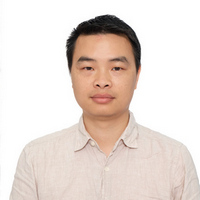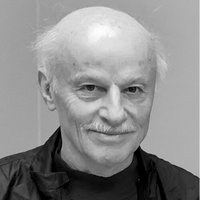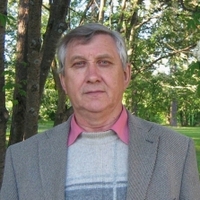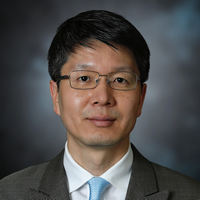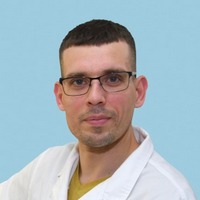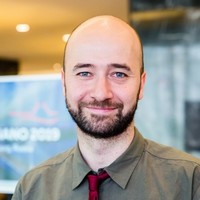Selection of the School participants is made on the basis of applicant’s CV and motivation.
Application to the School is closed. The results of selection will be announced by 25 July via email you indicated in the application form.
General information
We cordially invite you to take part in the METANANO School on Optical Biosensing to be held online on 15-19 August 2022.
Optical biosensing is new fast growing interdisciplinary direction at the junction of nanophotonics, biochemistry, microfluidics, medicine. Due to the modern achievements in nanophotonics one can detect even single virus particles, sort the molecule of different chirality, or read DNA chains.
The world's best experts will give lectures grouped into a 5-day course on optical biosensing. The course will start from the fundamentals and will cover the latest achievements as well. The school is intended for students interested in broadening their knowledge and getting the skills necessary for conducting your own scientific research in this new exciting area.
All participants of the School will be offered to complete a written final test based on the school's lectures content. Students who will successfully pass the test (higher than 85% correct answers) will be awarded 3 ECTS.
The School is organized by the School of Physics and Engineering of ITMO University with financial support of Russian Science Foundation (grant № 21-72-30018).







